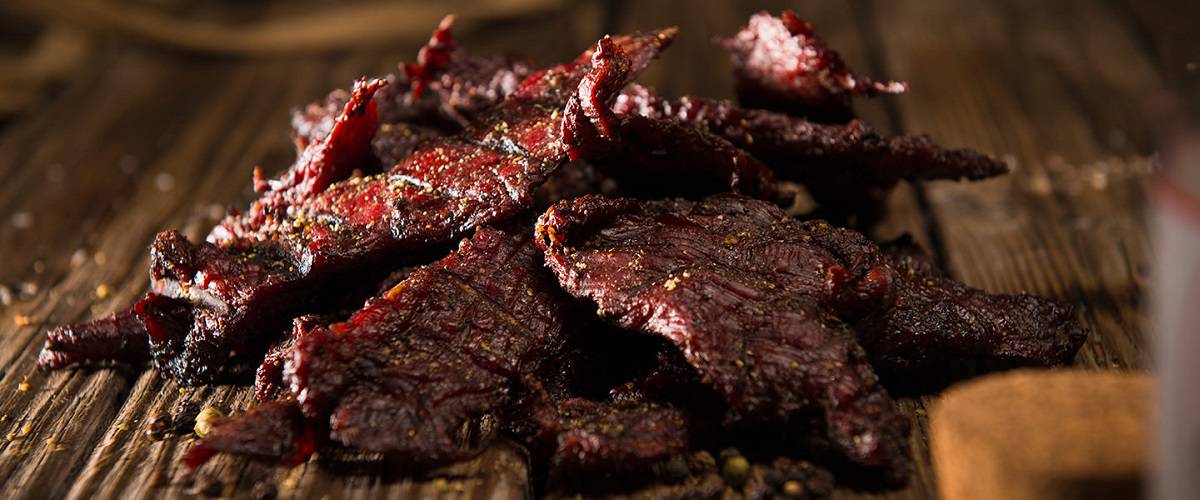Dehydration: Bad for you, good for your food. When it comes to preparedness and survival, learning how to dehydrate foods will prove to be a reliable way to preserve those precious calories.
Dehydrating food allows it to be stored long-term at room temperatures. This makes it easy and efficient when stockpiling for a disaster where food may need to last a long time.
Which Foods
It’ll sound obvious, but the best things to dry out are fruits, vegetables, and meats. Many items of these groups will retain a great deal of their nutritional value from the dehydration process.
Fruits are your standard dehydration item of choice. Often times, you’ll find health-conscious individuals making dried apple chips and the like as a healthy snack item. Find a ripe fruit, slice it into thin “chips,” and load them into your dehydrator. This will turn them into discolored, crispy pieces of nutrition.
Vegetables offer a less sugary option towards dried food. The process is essentially the same, except that you’ll need to blanch the vegetables before drying. This extra step is simple enough, you boil the slices in water, and immediately drop them into ice water. Doing this will help the nutrition and flavor stay in the veggie slices.
Meat provides what the others don’t: protein. It’s the main source of energy, and proper protein intake is important to survival. The dehydrating process is more tedious, but the rewards are well worth it. Choose a low-fat meat, trim any existing fat, treat it, freeze it for a few days, and slice it into pieces less than a quarter inch thick.
How to Dehydrate
Assuming you’ve followed the instructions for each kind of food above, the rest is easy. dehydrators will handle the actual airing process, you just need to know how long to let it go. Apples will take around 6 to 8 hours to properly dehydrate, while bananas can take up to 10 hours. Meat generally takes longer than any other food. If the device manual doesnt provide details, then search online for how long your specific item takes and follow the instruction accordingly.
As for temperatures. Meats should be “cooked” at 160 degrees Fahrenheit, while fruits and veggies at a more mild 125F to 135F degrees. Once again, refer to your device’s manual for more details.
Choosing a Dehydrator
There are two options I suggest for a dehydrator. The first is the Excalibur 3926TB. It has nine trays, 26-hour timer settings, and anything else you would need to dry out a large stock of food. This is the more expensive and reliable option.
If you’re more concerned about your budget, then I recommend the Presto Dehydro. This significantly cheaper dehydrator is much smaller, coming with six trays. It may not have that pow the Excalibur does, but it gets the job done.
Storage
My final note is how to store you’re dried food. Plastic can be absorbed into dried foods, making it a poor storage choice. The ideal container is a sealable glass jar. Something to keep moisture out without plastic.
Now I want some beef jerky.



